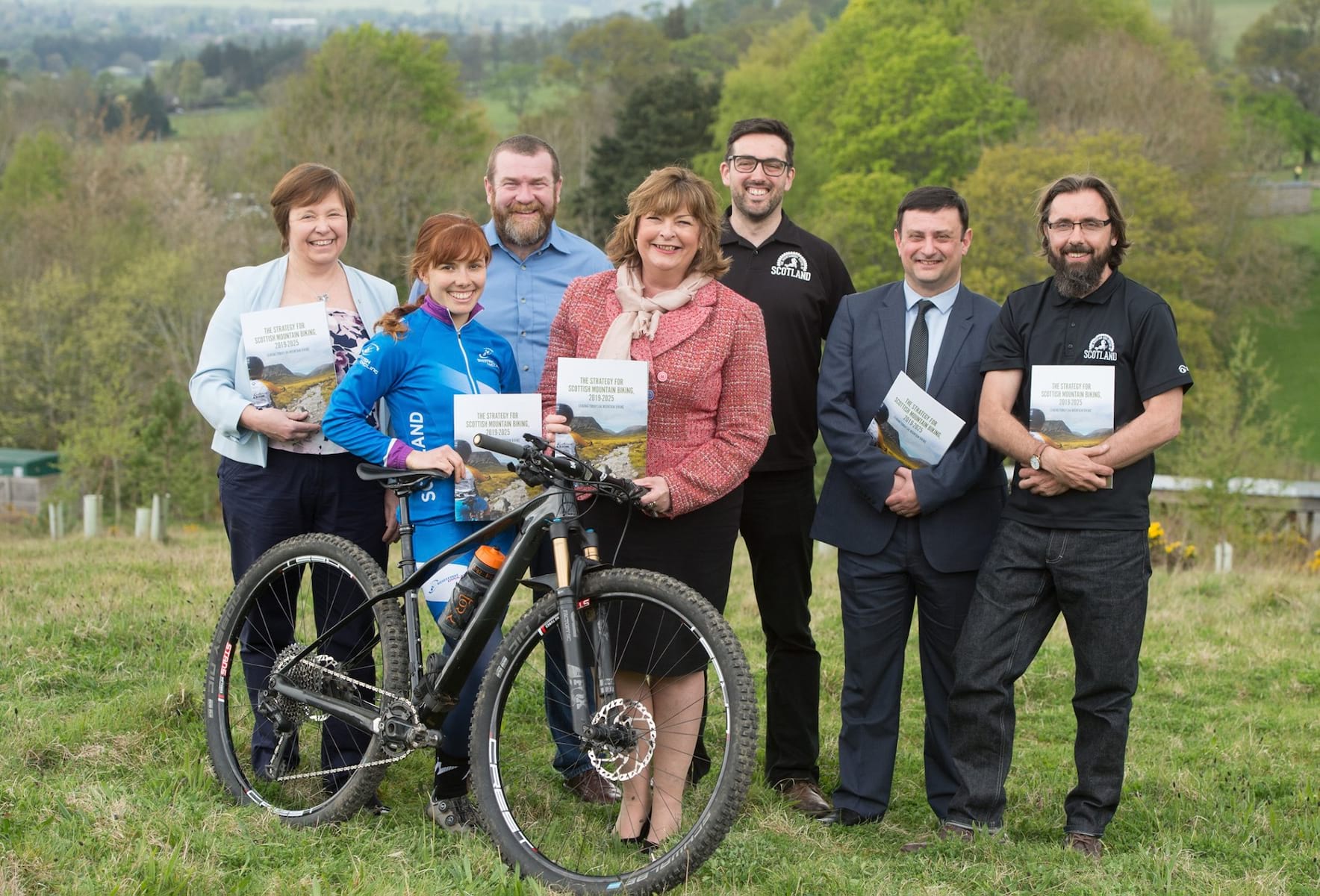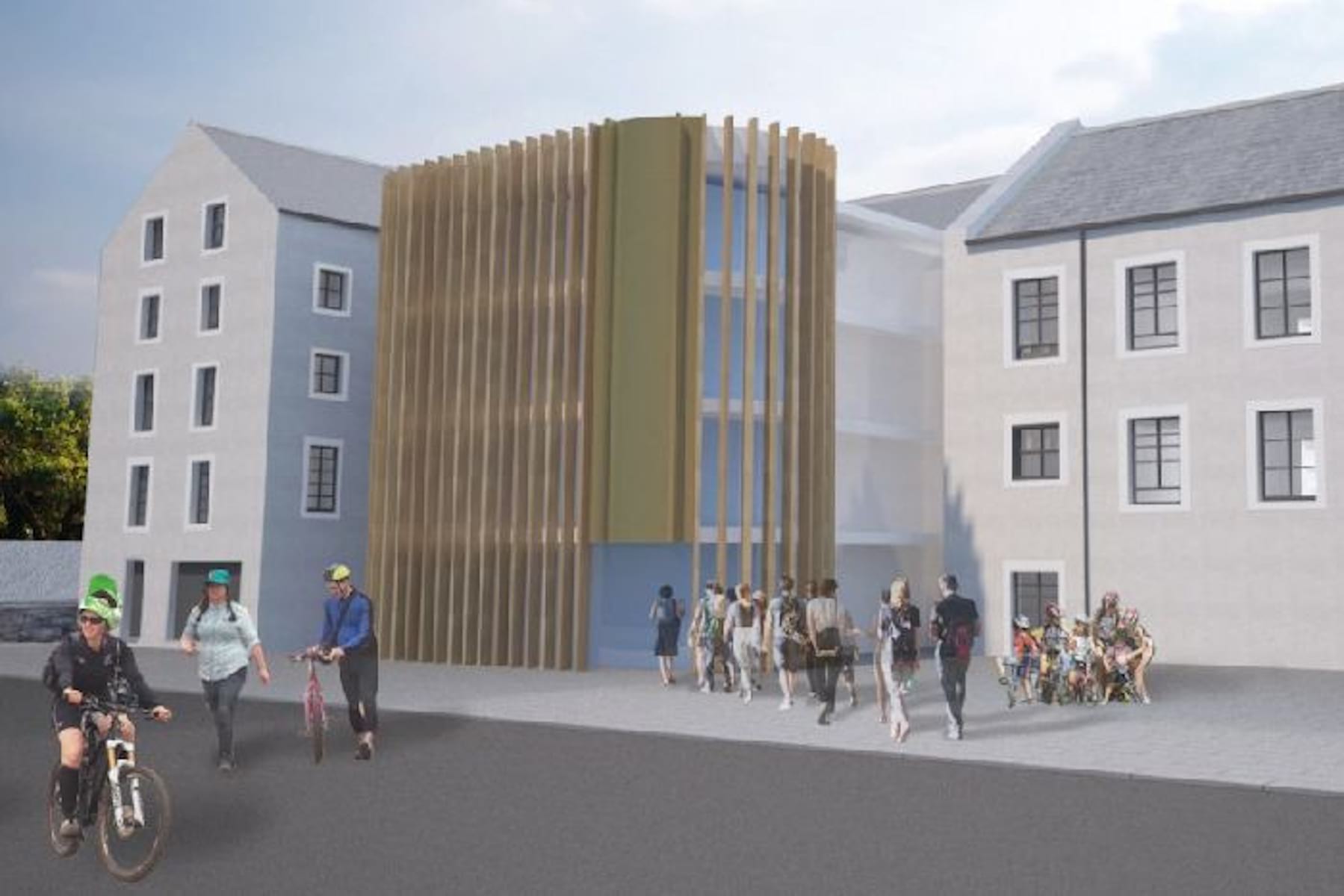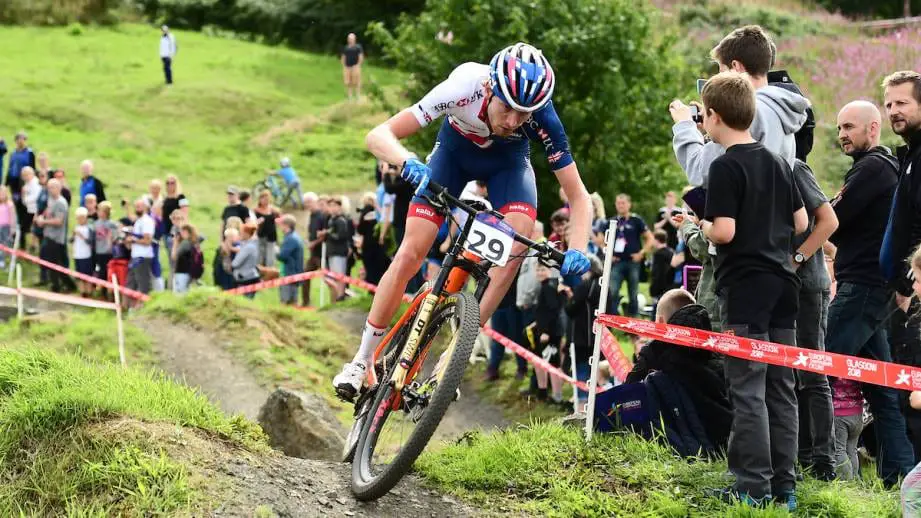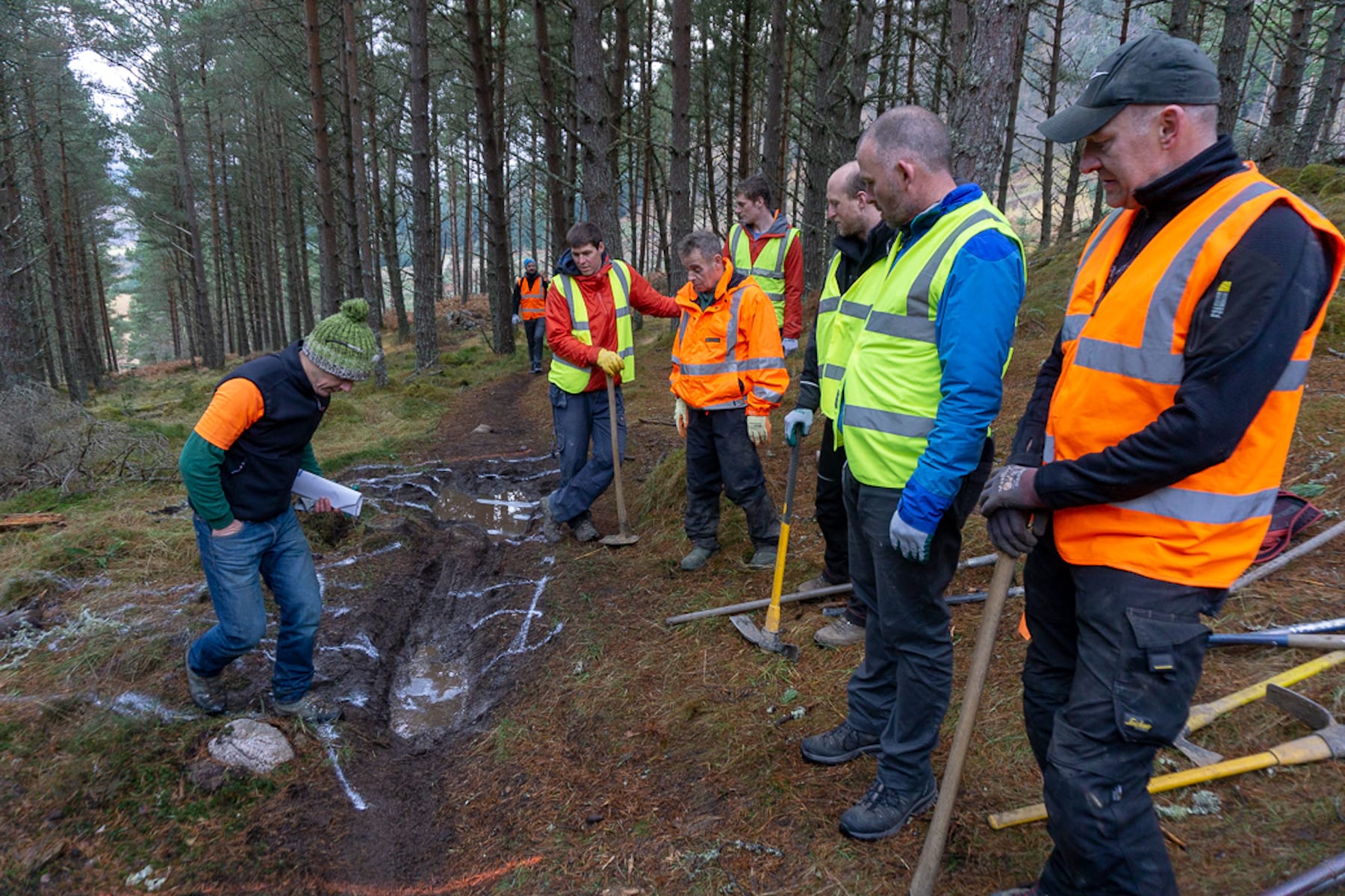Antony gives us the low down on the new Scottish Mountain Biking Strategy.
It’s one thing to advertise yourself as the best country for mountain biking in Europe. But what would it look like if you set out to actually make it happen? That’s the philosophy behind the 2019-2025 Scottish Mountain Biking Strategy, which was released this week with backing from the Scottish Government.
The idea of a national strategy for mountain biking might sound like a novelty down here in England, but the canny Scots have realised that mountain biking is a great fit for some of the country’s ambitions in tourism, health and sporting achievement. It doesn’t hurt that Scotland is home to one of the best-attended events in mountain biking (the Fort William World Cup) as well as possibly the most famous mountain biker in the world right now (that Danny Macaskill bloke).
Scotland has actually had a mountain biking strategy since 2010, when the Scottish Mountain Bike Framework was launched (by, among others, a fresh-faced Steve Peat). The Framework aimed to revitalise Scottish mountain biking in the lull that followed the Seven Stanes trail developments, and led to the creation of the Developing Mountain Biking in Scotland (DMBinS) partnership project, who’ve gone on to help deliver an impressive 46 new mountain bike facilities around the country. DMBinS also organises the annual Scottish Mountain Biking Conference and the Scottish Mountain Bike Awards, and has overseen the development of the new strategy.

While previous strategies aimed to develop the grass roots of the sport through more urban trails and bike clubs, the 2019 strategy sets its sights on the top end of mountain biking. The headline initiative is to develop the Tweed Valley’s trails (Glentress and Innerleithen, plus a huge network of rider-built tracks) into a bike park that will attract riders from around the world. While ambitious trail developments in the Borders have been proposed for years, the UK Government’s recent announcement of £65 million of development funding for the region has suddenly brought them much closer. Whistler-based Select Contracts have now been appointed as consultants and proposals for the scheme are being discussed with the local community.

As well as a bike park, the development would create an innovation centre in the valley that could draw in mountain bike companies looking to develop and test products. Scotland already has a track record of supporting mountain biking startups and the strategy aims to lure bigger companies to the Borders area.
The strategy also follows the announcement in February that Scotland will host the UCI World Championships in 2023. It’ll be the first time that all thirteen recognised disciplines of cycling will be featured in one event, including cross country, downhill, and trials. One goal of the strategy is to have a Scottish champion in every discipline. While this might be a tad ambitious, the world champs should give Scottish mountain bikers the chance to make an impression at the highest level, as well as bringing attention and investment to the sport. The 2014 Commonwealth Games in Glasgow kickstarted a wave of trail development and participation programmes, and it’s likely that the 2023 World Championships will have the same effect.

The strategy isn’t solely focused on big trail developments or international competition. The growth in demand for steep hand-cut tracks, plus an official focus on developing easier trails, has led to a big increase in unauthorised trailbuilding. Under Scotland’s access law, restricting riders from using these trails is difficult if not impossible, so instead the strategy aims to foster a culture of responsible trail development. Last year’s release by DMBinS of a document titled “Unauthorised Mountain Bike Trails: A guide for land managers and riders” (that’s guidance on how to manage them, not a tour of the best ones) aims to address this issue. Unauthorised trail construction isn’t permitted by Scottish access law, but it’s not an issue that is going to disappear. In some locations trail builders and land managers are starting to work together, and the guidance sets out a framework for this. Under the strategy DMBinS will support the creation and work of grass roots trail associations, and hopes to build a culture of trail stewardship where riders and land managers will be allies not adversaries.

Scotland’s wealth of natural riding also gets attention in the strategy. Its aims of massively increasing mountain bike tourism and protecting the natural environment might not seem like the perfect match, but there are some that should please anyone who wants to venture into the wilderness on two wheels – for example, the intention that all upland path works be carried out with “bike in mind”. Making tourism more sustainable is a hot topic in Scotland, and the strategy has some pointers to how this could be achieved. Following a recent intiative by Border Buses, you can take your mountain bike to the Tweed Valley by public transport, and as of 2020 there will be an addional train carriage just for bikes on the West Highland Line, connecting Glasgow with mountain biking destinations like Fort William.
The ability to deliver on the strategy depends on two things: the network of partners and core funding. A major achievement of the project so far has been to bring together a wide-ranging group of national bodies including Scottish Cycling, Forestry and Land Scotland, Scottish Land and Estates, Scottish Natural Heritage, Scottish Enterprise and Sportscotland. This mix of national governing bodies, conservation organisations, tourist boards and land managers appears to have been key in developing new facilities and hosting events. It’s a markedly different approach to the rest of the UK, where cycling organisations tend to plough their own furrows.
The launch also coincides with the announcement that the Scottish Government has committed £185,000 to support DMBinS and the Mountain Bike Centre of Scotland in overseeing the strategy. With Scotland investing in promoting mountain biking, attracting high-profile events, and trail development, it looks like the next six years will bring new places to ride and more mountain bikers on the trails. The question is, when will the rest of the UK catch up?




